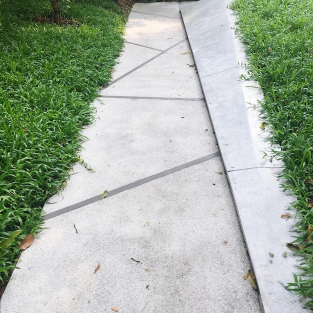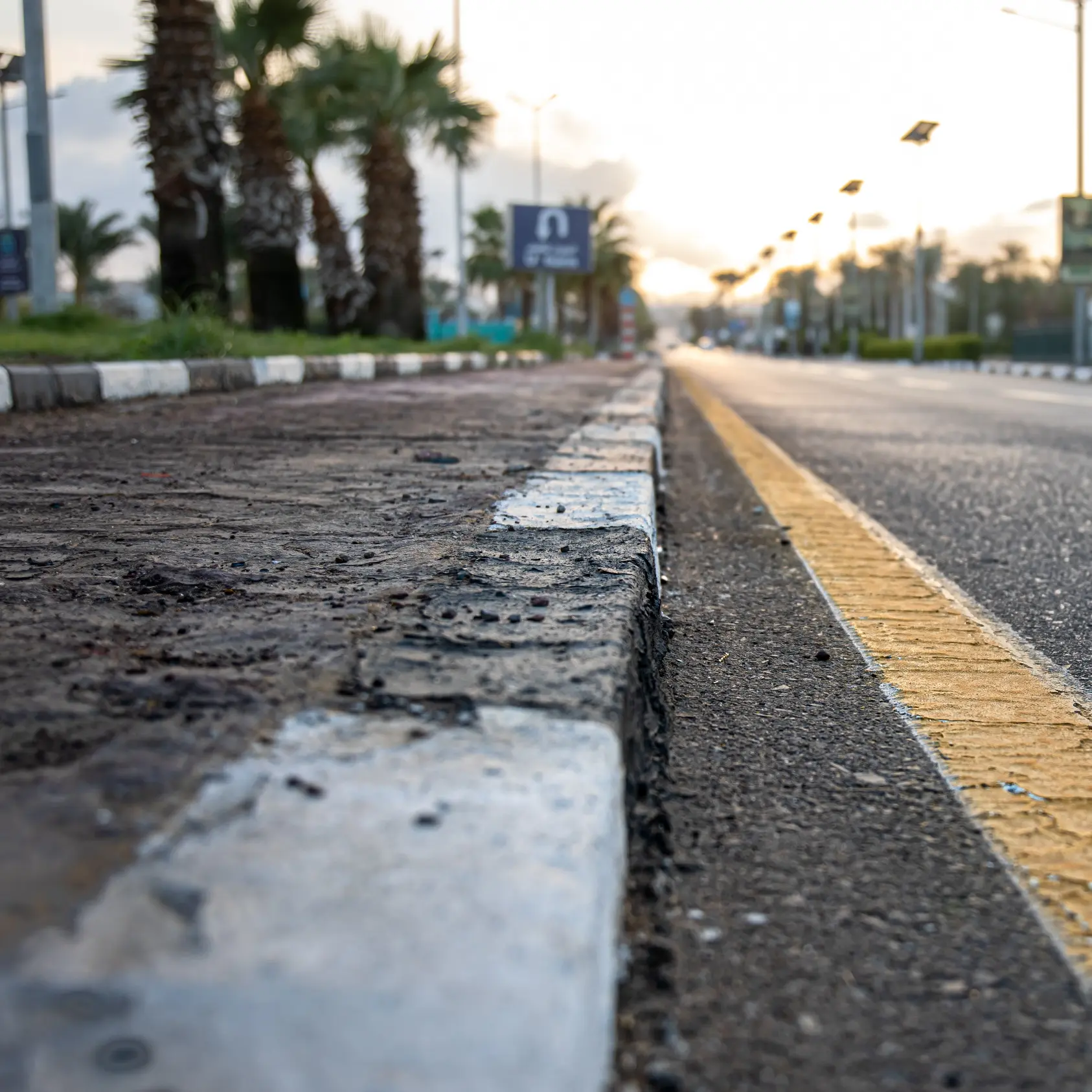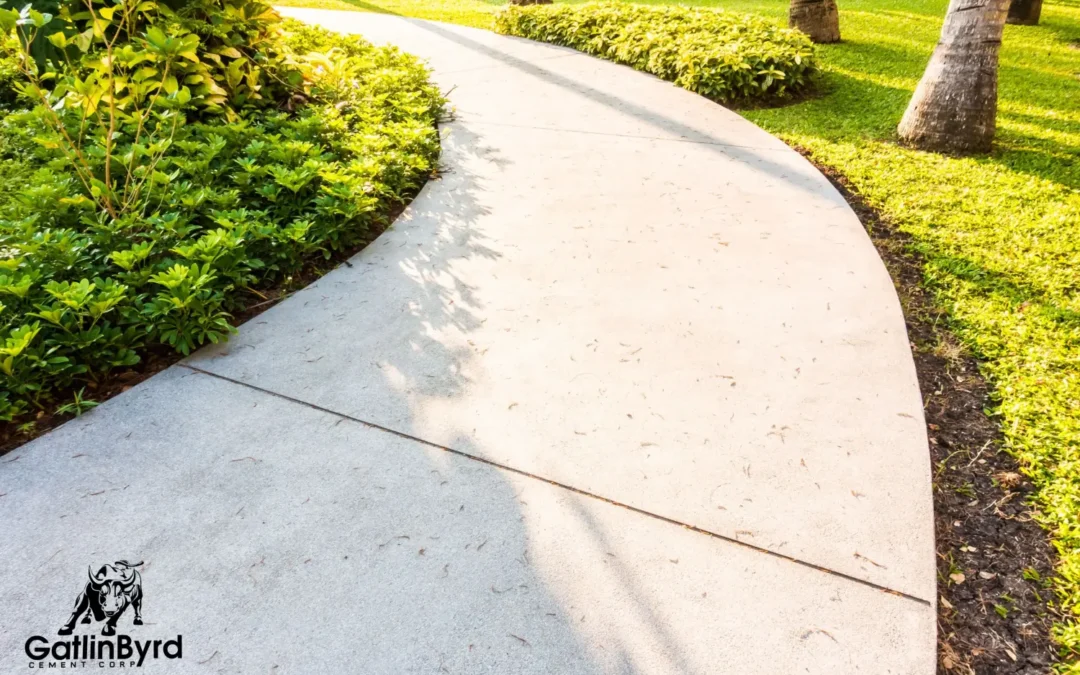An uneven sidewalk can become much more than just an eyesore. Uneven sidewalks can become dangerous tripping hazards that lead to accidents and trouble in the form of possible legal liabilities. Over time, sidewalks become uneven due to various factors like tree roots, soil movement, or heavy traffic. Fortunately, fixing an uneven sidewalk is completely possible, with the right tools and techniques. An uneven sidewalk is not only a hazard but an eyesore as well, a broken-up sidewalk will deter customers away in a commercial setting and it will damage the aesthetic appeal of houses in a residential setting.
Identifying the Problem
Before starting any work you need to identify the extent of the problem and investigate the cause of it. A sidewalk that has warped due to heavy traffic is much easier to fix than one that has been warped and moved by roots. Look for visible cracks and any lower or higher sections and mark them. Hiring professional concrete contractors to inspect the area is very beneficial at this stage. When it comes to flattening sidewalks, hiring a concrete contractor is always a great option because this kind of work requires deep knowledge and specific equipment that most people don’t have.
Understanding the Causes
Several factors can cause an uneven walkway:
Tree Roots
Roots from nearby trees and plants can shift the soil and even move and even crack the concrete.
Soil Erosion
Water runoff can erode the soil beneath the sidewalk, causing sections to sink.
Freeze-Thaw Cycles
In colder climates, water can freeze and expand within cracks, pushing the concrete apart.

Heavy Traffic
Regular foot or vehicle traffic can compact the soil or wear down the concrete as it contracts and stretches under load, leading to uneven surfaces.
Exploring Your Options
Now that you understand what causes this problem and what caused it in your case, you explore your options. A concrete company will give you multiple options depending on your situation.
Concrete Grinding
The best option for minor unevenness. By grinding the concrete surface and making it thinner in raised areas the sidewalk can be leveled down to its lowest point. This method works very well but it cannot be done in situations where the height difference between the lowest and highest point is more than 2 inches.
Slab Jacking
This method works by pumping material under contact and healthy slabs and bringing them up to meet higher parts. For this method to work the slab has to be in good condition, otherwise it may not be worth it.
Foam Leveling
The method is the same as slab jacking but it uses a different material to raise the slabs. This is a more modern solution that uses high-density polyurethane foam to lift the slabs.
Replacing the Slab
A full reinstallation is best for situations where the slabs are too damaged to salvage. In some cases, the problem is too severe for any other method and a full concrete sidewalk replacement is necessary. Replacement takes longer than other methods as well since the concrete needs nearly 2 weeks to fully harden.
Installing a Ramp
A temporary solution if you need the area immediately as it has no installation time and no major cost. Best for emergencies with minor unevenness.
How to Prevent Unevenness
Some preventive measures can be taken to maintain the condition of your newly flattened sidewalk.

Regular Inspections
By having a concrete contractor inspect your sidewalks every year or so you will catch the problem before it gets worse, and you can react to it before it causes major damage.
Tree Maintenance
Pre-plan the location of trees and their depth to ensure they will not interfere with the sidewalk and keep an eye out for any signs that the roots are starting to cause damage.
If you allow trees to grow around the sidewalk they can cause problems with future sidewalk repair as well.
Proper Drainage
Ensure proper drainage around your sidewalk to prevent soil erosion and water damage. You need to make sure water cannot get under the concrete slabs.
Seal Cracks
Seal any small cracks as they appear to prevent water infiltration and freeze-thaw damage, these cracks can also get bigger due to normal traffic so repairing them is a must. It can be a hassle to fix a dozen small cracks by yourself, so consider a concrete service for this as well.
Take Action
It is crucial to act fast when you find out a sidewalk is getting uneven as waiting around only makes the problem worse. A certain amount of knowledge and expertise is required to tackle concrete repair, which is why concrete companies like GB Cement exist. We offer you the best concrete services in and near Ypsilanti, Michigan. We have been preserving your concrete sidewalks in Michigan, for almost 20 years. With our dedicated team of professional concrete workers, we will deliver you amazing results, in no time.
Contact us for any of your concrete repairs in Ypsilanti, Michigan, our experts are already awaiting your call.
Contact Us Now!
Frequently Asked Questions
What are the common signs that indicate a sidewalk is becoming uneven?
Common signs of an uneven sidewalk include visible cracks or gaps between sidewalk slabs, noticeable height differences between sections, and a sloped or wobbly surface. You might also see areas where water pools instead of draining away, which indicates that the surface is not level.
How can tree roots specifically cause damage to sidewalks?
Tree roots can cause sidewalks to become uneven by growing under and pushing up through the concrete. As the roots expand, they lift the sidewalk slabs and create bumps or cracks. Over time, this can lead to significant unevenness and even cause the sidewalk to break apart.
What are the safety risks associated with uneven sidewalks?
Uneven sidewalks pose several safety risks, including tripping hazards that can lead to falls and injuries. This is especially dangerous for children, the elderly, and individuals with mobility issues. Additionally, uneven sidewalks can lead to legal liabilities for property owners if someone is injured due to the sidewalk’s condition.
Can I fix an uneven sidewalk myself, or should I always hire a professional?
While minor repairs can sometimes be done DIY, such as filling small cracks, fixing significant unevenness usually requires professional help. Professionals have the right tools, equipment, and expertise for methods like concrete grinding, slab jacking, or foam leveling to ensure the job is done correctly and safely.
What tools and materials are typically needed for DIY sidewalk repair?
For DIY sidewalk repair, you will need tools such as a concrete grinder or sander, a trowel, a putty knife, and a concrete crack filler. Materials might include concrete repair mix, caulk or concrete crack filler, and sealant. For larger issues, you may need a jackhammer, concrete mix, or a level, which are generally best handled by professionals.
Are there any long-term maintenance tips to keep sidewalks even and in good condition?
Yes, long-term maintenance tips include performing regular inspections to catch issues early, maintaining proper drainage to prevent erosion, and sealing cracks as soon as they appear. Additionally, consider routine tree maintenance to prevent root damage and addressing small problems before they become larger.

